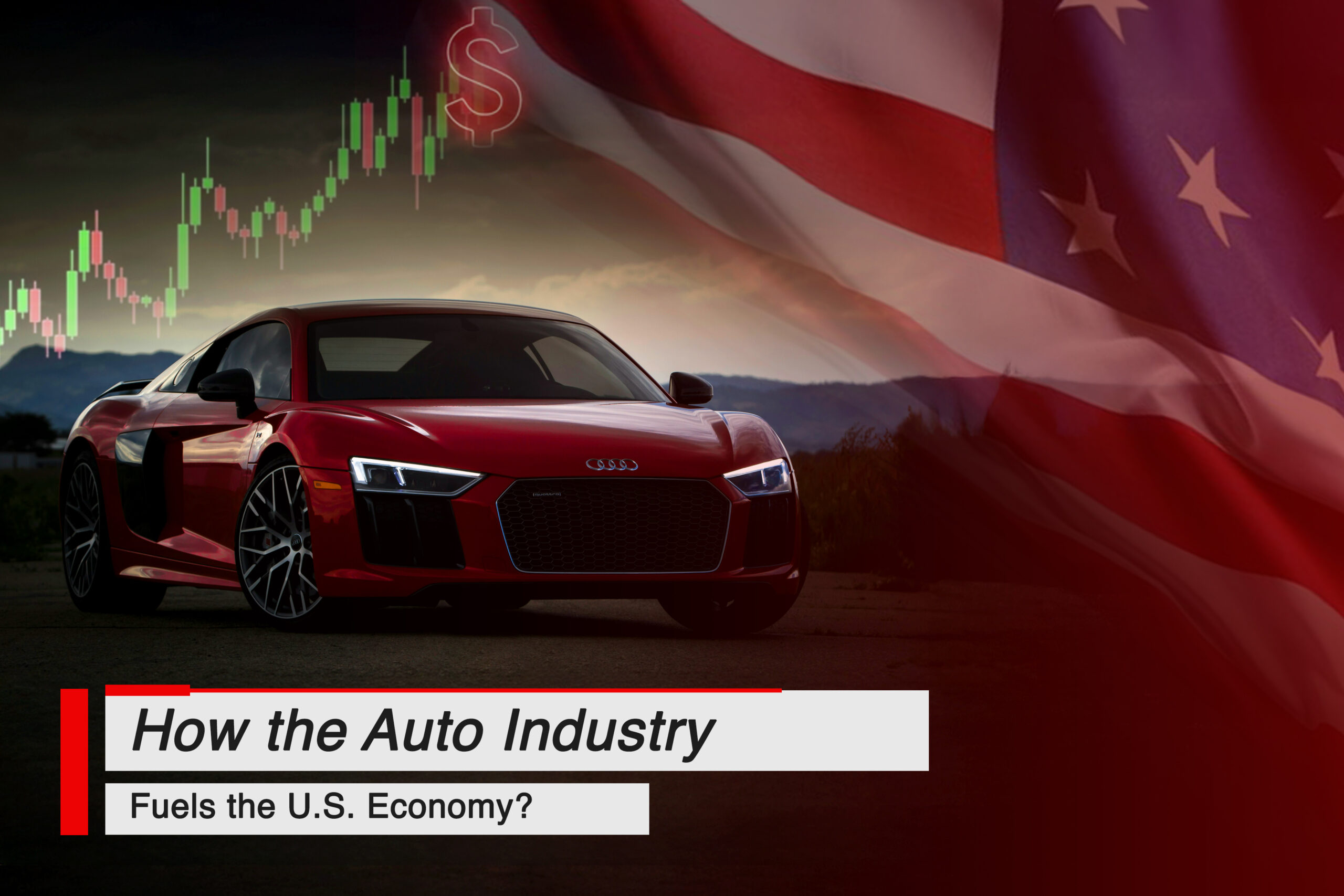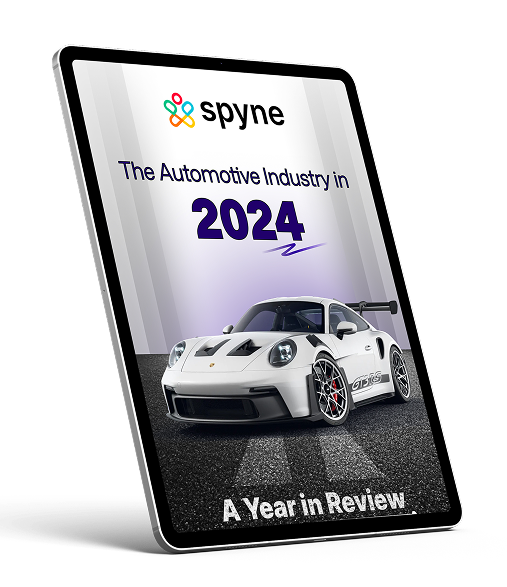Buckle up, because the U.S. automobile industry isn’t just about shiny new cars—it’s a powerhouse that drives the American economy and offers a crystal ball into its future. Accounting for 3% of GDP, this industry employs 1.7 million people directly and supports over 8 million jobs indirectly. The auto sector is the core of U.S. economic activity and its real essence lies in how it shapes and predicts the health of the economy. Let us look at the 4 key ways the auto industry steers the economy.
A Window into the American Consumer’s Wallet
Cars aren’t just a luxury-they’re a way of life for 91.7% of U.S. households, according to 2022 data. When Americans are looking up new vehicles, it’s a neon sign of confidence in their financial future. But when sales stall or repossessions spike, it’s a red flag that budgets are tightening. In 2024, new vehicle sales crept up by a modest 1.3% compared to 2023, per Cox Automotive. Meanwhile, average transaction prices dipped 0.6% in June 2024, saving buyers about $307 per vehicle compared to the previous year.
Yet, there’s a hitch: car repossessions surged 23% in 2024, and Cox Automotive notes a “laid-back” vibe in the retail automotive market, with buyers in no rush to sign on the dotted line. This hesitation is leaning more towards an economic slowdown. This indicates that the automobile industry is a real-time pulse check on the American consumer’s optimism or anxiety.
Logistics: The Gears of Economic Momentum
Automotive logistics shape the complex making of every car you see on the road. Picture the supply chains and vehicles starting from factories going all the way to the showrooms. This complex network keeps the automobile industry going and is a barometer for broader economic trends. Do you remember the supply chain chaos in the wake of COVID-19? Semiconductor shortages brought assembly lines to a screeching halt, jacking up vehicle prices and leaving dealers with empty lots.
While the worst of the pandemic crisis is foreshadowed now, logistics still remain one of the most critical economic indicators. The last year was full of consumers having the “wait-and-see” mentality which resulted in them delaying purchases amid economic uncertainty. From foreign shipments to dealership trends, the flow of vehicles remains a huge indicator is whether the economy is cruising or stuck in the neutral.
Automobile Industry Loans: The Credit Market’s Canary
Most Americans don’t slap down cash for their cars—79.7% of new vehicles and 38.4% of used ones are financed, racking up a whopping $1.62 trillion in auto loan debt, second only to mortgages. Automobile car industry loans are the lifeblood of the industry, and their health reflects the state of the broader credit automotive market. When interest rates climb or credit tightens, the ripple effects are felt far beyond the dealership.
In May 2024, the average interest rate for a 60-month new car loan hit 8.20%, up from 4.85% just two years earlier, according to the Federal Reserve. Meanwhile, Cox Automotive reported a 0.5% dip in credit availability in June 2024, and the average financed amount for new cars dropped to $38,739 in March 2024 from a peak of $40,155 in September 2022. If Americans are borrowing less—or can’t borrow enough to match rising prices—it’s a sign they’re stretched thin, hinting at an economic speed bump ahead.
Innovation: The Fast Lane to the Future of Automobile Industry
The automobile car industry isn’t just about travelling from one point to the other. It’s a compilation of every innovation that shapes the economy’s trajectory. For now, all eyes are on the future of electric vehicles (EVs). The lane towards EV adoption is not just about cutting emissions but also about the future of how America is embracing a cleaner, tech-driven future.
In Q2 2024, EV sales surged 11.3% year-over-year and 23% from Q1, showing growing consumer appetite despite hurdles like “range anxiety” and spotty charging infrastructure. The auto industry’s push for EVs signals where the economy is headed—toward sustainability and innovation. When automaker lean into the transition towards electric vehicles, it acts as a green signal for technological and economic progress.
The Road Ahead
The U.S. auto industry and the economy are intertwined. Auto sales soar as the consumers are flush with confidence and cash. Supply chains and logistics soar which results in costs to stabilise and the vehicles end up rolling out smoothly.
And when innovation like EVs takes the wheel, it points to a bold, forward-looking economy. But warning signs—like sluggish sales, rising repossessions, or tightening credit—can signal trouble on the horizon.
From the factory to the freeway, the auto industry isn’t just along for the ride. It’s helping steer the U.S. economy, one car at a time. Keep your eyes on the dashboard; it’s telling you where we’re headed next.














